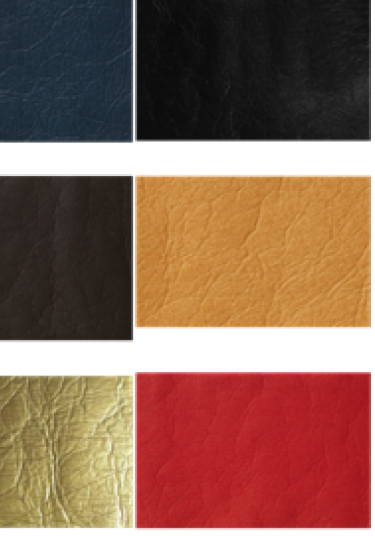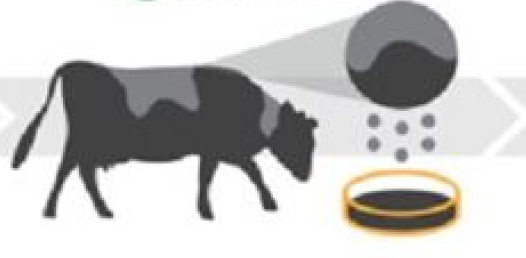 Account
Account
- Plant Based Leather
- Bio Material Leather
- Vegetable Tanned Leather
At Leatheralist, we have committed to Sustainability not as a trade tactic or a promotion buzzword, but we have gone ahead and put our skin in the game – we have partnered with companies which produce leather from plant-based sources.
n our endeavor to promote sustainable fashion, we have tied up with different partners across the Globe who help us with below plant-based leather for our sustainable leather goods division

Leather Produced from Cactus (Sourcing from Mexico)
Leather Wholly Produced from Nopal Cactus, also known as the prickly pear. This leather is highly sustainable and consists of environmentally friendly organic material


Apple Leather (Sourcing from Italy)
Apple Leather is produced from the leftovers of harvested apples—the seeds, cores and peel. It is 100% biodegradable, highly durable, UV-resistant. It is very similar to animal leather with a soft and rich texture.

Pinatex (Sourcing from UK)
Derived from the leftover leaves of the pineapple plant. The textile has leather-like qualities, but is slightly rougher, giving it a weathered vintage appeal that’s well suited for Boots other Accessories seeking a ‘hardy’ aesthetic.

We at Leatheralist believe in the future of Bio-materials and the potential of Circular Economy.
Biomaterials combine biology, technology and material science to create innovative new fabrics that deliver design and performance, whilst significantly reducing the environmental impact compared to current alternatives.
In the future, bio-materials have the potential to create fully circular design chains and move us entirely away from fossil fuels. This could include fabricating materials using organisms such as algae, bacteria, mushrooms or yeast.

Source Cell

Layer Sheet

Grow Sheets

Grow Cells

Fusion Layer

Tan Hide

Finish

Design
At Leatheralist, our aim is to be at the forefront of this innovation. We work with several partners across the globe to introduce bio-materials as part of our manufacturing supply chain.
Vegetable Tanned Leather
At Leatheralist, we use Vegetable Tanned Leather for all our goods production.
Vegetable tanned leather refers to the tannage, or method of tanning the hide into leather. It’s called “vegetable” because of the natural tannins used in the tanning process like tree bark. As such, Vegetable tanned leather is a natural material for a sustainable fashion.
Globally more and more consumers are orienting their purchase choices on sustainability criteria and respect for the environment. Fashion is one of industries most affected by this change, especially with regards to accessories, such as bags, shoes and belts.


Vegetable tanned leather:
When innovation comes from tradition
Having been around for over 5000 years, vegetable tanning is the oldest and most sophisticated method of tanning. There is evidence of vegetable tanned leather being used in ancient Egypt from ornaments left on stone coffins. Historically, each country used the materials locally available for its tanning process. For Europe this was chestnut and for the UK this was oak.
The Benefits of Vegetable Tanned Leather
- It is more eco-friendly than its siblings - Synthetic Faux Leather and Chrome Tanned Leather.
- The process is natural and has worked for thousands of years.
- The process is traditional and safer for those tanning the Leathers.
- The Leather produced is more natural and eventually develops its own unique patina, meaning that it only gets better with age!


